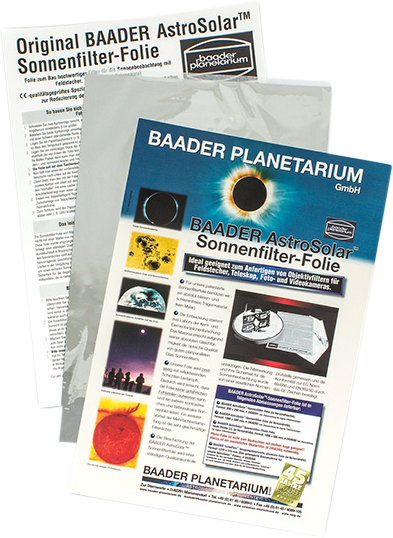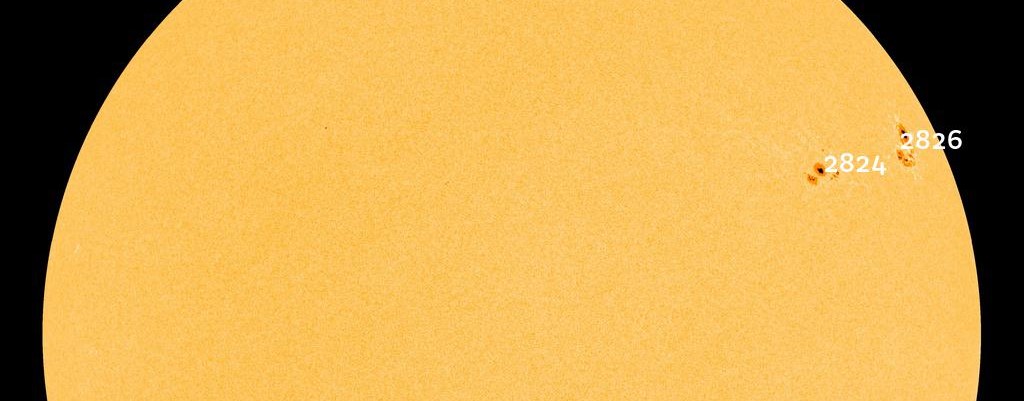When summer comes and the nights get brighter, as an amateur astronomer, it is easy to get shiftless. Light-faint objects such as galaxies and nebulae are difficult to observe, and the brighter planets are near the horizon at midnight.
What better way to do then, than to observe our nearest star, the Sun? It is visible most of the day and with a smaller telescope there is a lot to explore. Ever since humans invented the telescope in the early 17th century, astronomers and amateur astronomers have taken a particular interest in the so-called sunspots. These consist of magnetic activity, which prevents the sun's energy from reaching the surface.
The photograph above was taken with the American space probe SDO, which has been in geosynchronous orbit around Earth since 2010. Every day, this space observatory feeds scientists with data on the sun's activity and how it affects Earth. One of the researchers' interests is to observe, catalog and follow the sunspots. Each sunspot group receives a number in a catalog. The photograph was taken as recently as May 27, 2021 and shows two sunspot groups- the group on the left "named"2824 and the larger, more widespread on the right is called 2826. Daily videos of the sun are posted online by SDO.
In science, it is believed that the number and size of the sunspots is related to the Earth's climate. Times of greater solar activity seem to be linked to higher temperatures on Earth. And reduced sunspot activity with colder climates. Some researchers believe that the so-called small ice age is linked to the solar minimum of 1645 – 1715 when the sun was particularly inactive.
The sun's spots can thus be observed with a smaller telescope. It cannot be pointed out enough how important it is to use safe methods of observing the sun.
WARNING! Looking straight at the sun in a pair of binoculars or telescope without filters causes permanent eye damage and, at worst, blindness!
The safest way to observe the sun with a pair of binoculars. Spotting scope or telescope is to keep a white disc (e.g. of thick cardboard) a piece from the eyepiece. On the disc, the image of the sun is projected, and you can even see larger sunspots.
However, the most common way to observe the sun through a telescope is with a safe solar filter. Most photo and telescope dealers sell a special film from Baader Planetarium, which can be cut to fit, for example, your spotting scope or telescope. For some standard telescope models, there are also ready-made filters.
A sheet of sun filter film with a size of 14x15.5 cm costs just under 150 SEK online and in stores and with it you can have a lot of fun.

Following the rise, change and movement of sunspots across the sun's surface is a hobby for amateur astronomers and a profession for professional astronomers.
Read more about the sun and how you can observe it.

Sun with two sunspot groups photographed on May 27, 2021 by the U.S. space probe SDO. Photo: NASA
Author: Claes Tunälv
The next AstroInfo will be published in August.
